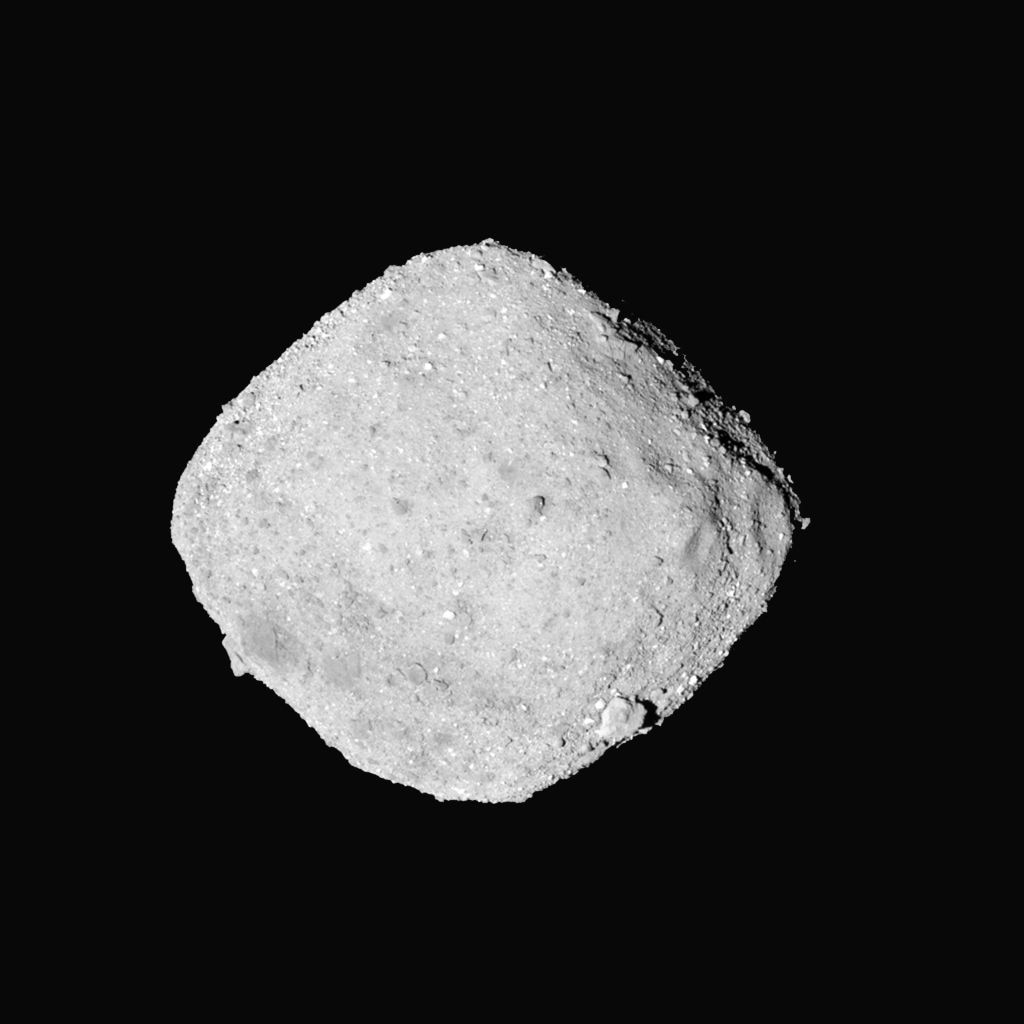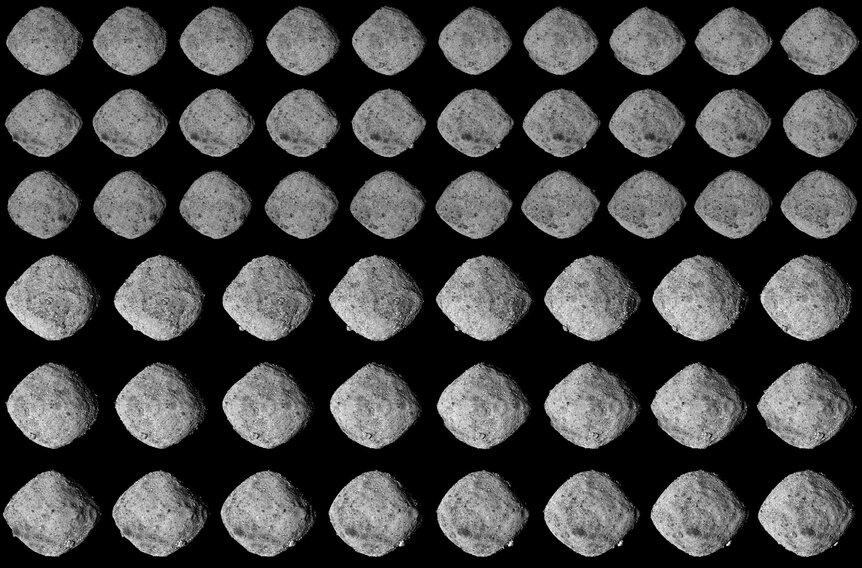Create a free profile to get unlimited access to exclusive videos, sweepstakes, and more!
Welcome to Bennu!

Yesterday — Monday, December 3, 2018, after chasing down the space rock since September 2016 and traveling a total of over 2 billion kilometers — the OSIRIS-REx spacecraft arrived at the asteroid Bennu.
The meaning of this isn’t as obvious as when you pull up in a car next to someone’s house. Everything in the solar system is in motion, and gravity rules the day. Bennu orbits the Sun on a path fairly similar to Earth’s, so the spacecraft had to circle the Sun and catch up to the asteroid. In October 2018 OSIRIS-REx began a series of braking maneuvers to slow its approach from 1,800 kilometers per hour down to essentially nothing.
On December 1 it was close enough to Bennu, about 35 km, that the asteroid’s gravity dominated over the Sun’s. This is called the Hill Sphere, and at that point you can say OSIRIS-REx was “at” the asteroid. Over the next two days its approach slowed even more, and on Dec. 3 it was 19 km from Bennu… but more importantly its velocity relative to it was 0.
It had arrived.
So what did it see on approach?
Well, this:
That was taken in late November from a distance of about 65 km (the images taken after arrival have not yet been released by NASA as I write this, but expect them shortly!).
As you can see, Bennu is weird.
We’ve known for some time that it’s diamond-shaped. It’s what’s called a rubble pile asteroid: Instead of a single monolithic piece of rock, countless low-speed impacts with other asteroids over the eons have sent cracks and fissures into it, basically shattering it in place. So it’s a pile of rubble held together by its own gravity.
Not that, at 550 meters across, its gravity is all that strong. Bennu spins once every 4.3 hours, which sets up a decent centrifugal force around its equator. Rocks sitting on the surface of the asteroid feel a force toward the equator, making that direction “downhill.” Over time, any force (like an impact) that dislodges surface rocks gives them a chance to move downhill, so the equator now bulges out as material has piled up.
We see that in other small asteroids, too (like Ryugu, the target of the Japanese spacecraft Hayabusa-2). It’s probably pretty common, so I guess that means I misspoke earlier. Bennu isn’t weird at all. It’s normal.
Here’s what Bennu looked like as OSIRIS-REx approached it from August 17 through November 27, 2018, closing its distance from 2.2 million km to a mere 65:
I love how the overall shape was obvious from far out, but then surface features jump into view. It’s really odd to see gigantic boulders (like that one in the southern hemisphere) sitting on the surface as if gently placed there. Unlike Ryugu, which is roughly twice as big and has a rugged surface with almost no smooth spots anywhere, Bennu appears more granular to my eye. I’ll be very happy to see the super-close-up images we’ll be getting in the coming days.
And they are coming! Over the next few weeks OSIRIS-REx will survey Bennu, mapping its surface in detail, then swoop down in January to a distance of a little over a kilometer (!!), where it can actually orbit the asteroid. As it does, the feeble gravity will allow scientists on Earth to calculate the mass of Bennu, which will be a big clue to its composition. It will also look for a good spot for the most ambitious part of the mission: dropping down so close that the TAGSAM can literally touch the asteroid.
TAGSAM stands for Touch-And-Go Sample Arm Mechanism — an arm that reaches out from the spacecraft. The spacecraft will hang a couple of meters off the asteroid’s surface, then send out a puff of nitrogen gas that will dislodge material from the surface and capture it, storing it aboard a sample return capsule that will bring it to Earth in 2023. Here, scientists will be able to study it with an array of instruments that will provide a huge leap in our understanding of asteroids.
That’s a good thing. I mentioned Bennu’s orbit is Earth-like; in fact it gets close enough to Earth that’s considered a Potentially Hazardous Asteroid, capable of impacting Earth. No impact is predicted until at least 2175, and the chances of it even then are happily extremely small. But there are other asteroids like Bennu out there, and the more we understand them, the better.
















